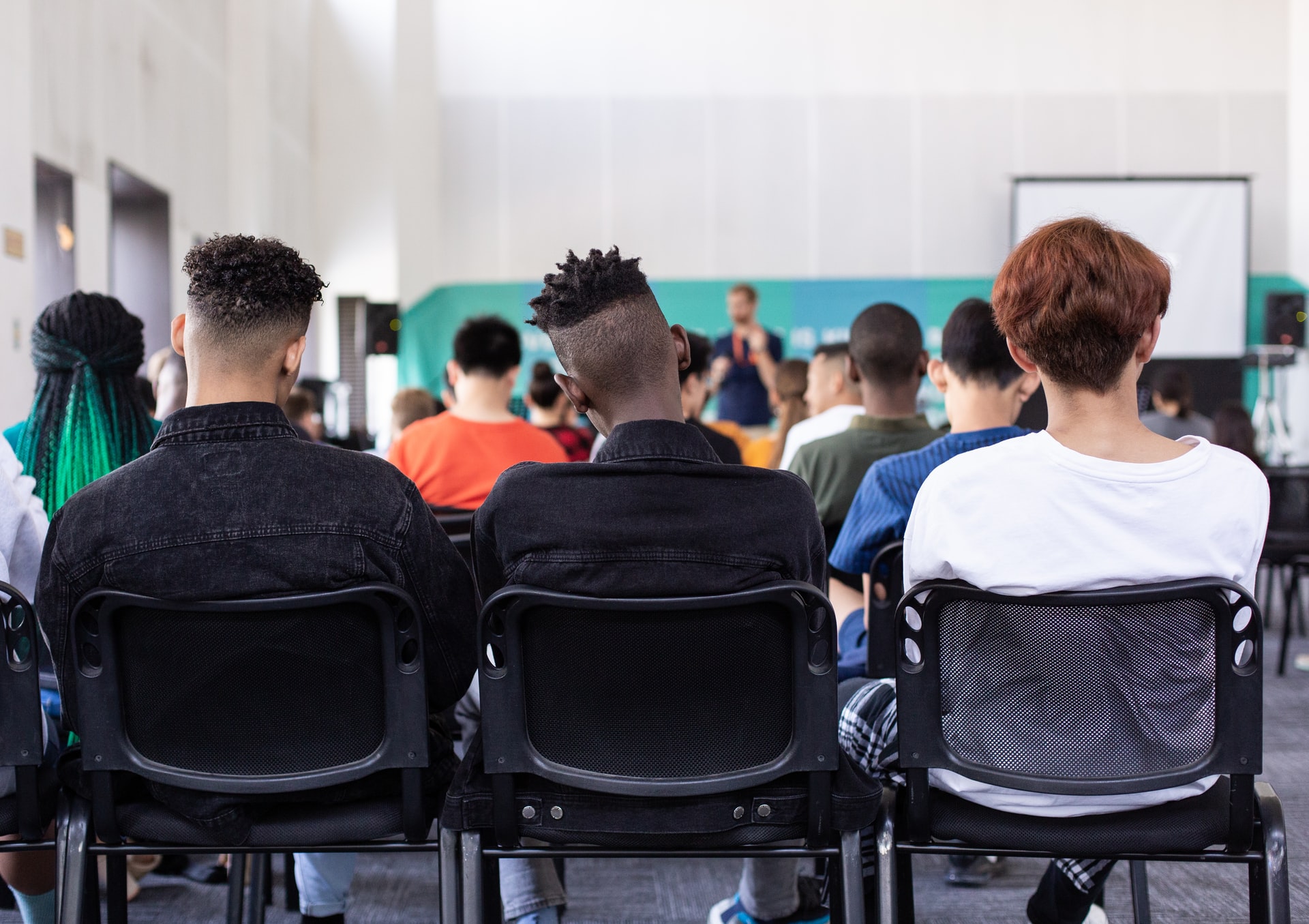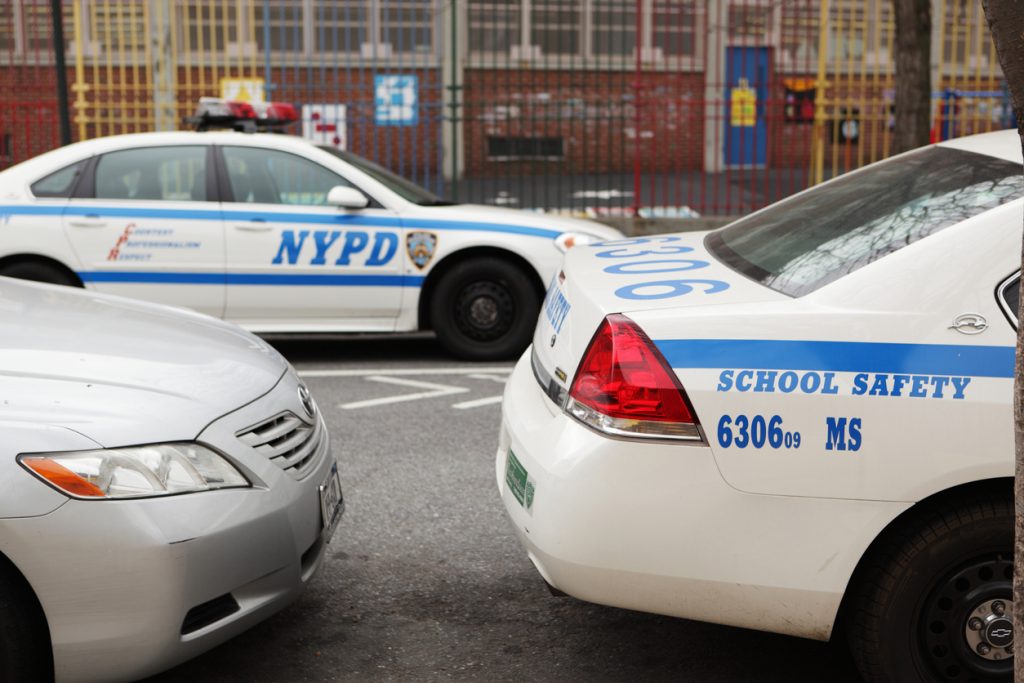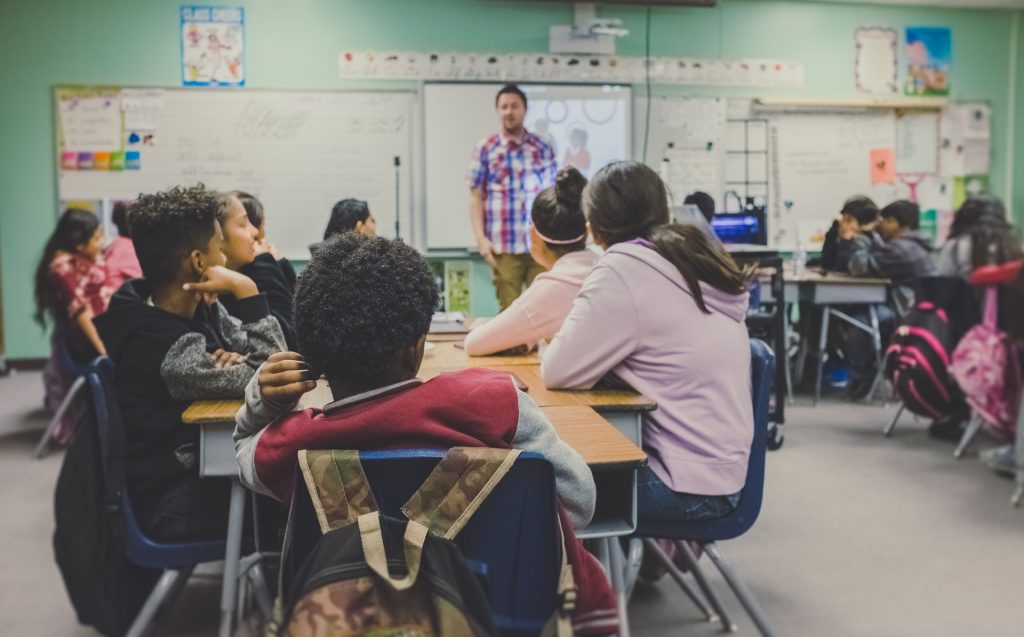
14 May Explainer: The School to Prison Pipeline and What It Costs Our Youth
The school-to-prison pipeline perpetuates mass incarceration and generational trauma. Justice advocates have been targeting changes to public education to help end the flow of students from schools to prisons; nevertheless, the problem remains, and it disproportionately affects non-white students. From on-campus police officers to a culture of failure in low-income schools, the problem shows no signs of slowing down. Now, a new generation is at risk of falling victim to flawed policies as well.
What is the school to prison pipeline?
The school-to-prison pipeline refers to a group of policies and practices that result in students entering the legal system at a young age. These practices are common across districts and from state to state. Often, students lose educational opportunities and enter the justice system for just minor infractions like dress code violations and tardiness, according to a report from the Department of Education Office for Civil Rights. Because many districts rely on police officers to enforce behavior, interactions between students and police are frequent. The same report shows that students with special needs and students of color are also more likely to enter the system due to discipline in schools.
Fear fueled by highly publicized school shootings and viral videos showing school fights causes misconceptions about school safety and crime in schools. This leads to the misguided belief that police presence in schools makes kids safer. Disciplinary action now often begins with police officers, who escort students from classrooms and break up physical altercations rather than teachers or other professionals. Districts also adopted “zero tolerance” policies under the guise of school safety. This results in frequent out-of-school suspensions and expulsions. But removing students from schools, even temporarily, puts them at risk of leaving school before graduation and increases the likelihood that they will enter the justice system.
The school-to-prison pipeline does not start with older children, though. The issues begin as early as preschool. While Black children are 18% of all preschool students, they account for 48% of students receiving multiple suspensions. White children, on the other hand, make up 43% of the preschool population, but just 26% of students with more than one suspension. In other words, Black children as young as three and four years old face systemic discrimination. Their discipline policies set the stage for years of discipline and establish a culture of failure before Black children begin kindergarten.
Who does the pipeline most affect?
According to the ACLU, suspensions went from 1.7 million in 1974 to 3.1 million in 2000. The U.S. Department of Education Office for Civil Rights collected data that highlights the systemic injustice inherent in suspension policies. According to their 2014 report, schools expel and suspend Black students three times more often than white students. Students with disabilities are also twice as likely to receive out-of-school suspensions. School officials are also more likely to refer these two groups to law enforcement than any other subset of students.
The ACLU also identifies students in low-income districts and schools as more at risk of entering the justice system. Based on their research, key factors that lead to interactions with police include limited resources, incentives to push out low-performing students, underqualified teachers, overcrowded classrooms and limited funding for student resources like counseling and special education services. These factors increase the likelihood that students face discipline, and the zero-tolerance policies within these districts mandate harsh punishments.
Zero-tolerance policies disproportionately affect Black students. Though they make up just 16% of the public school population, Black students account for 42% of all students who receive multiple suspensions. In contrast, white students make up 51% of the student population and account for 31% of all students with multiple suspensions. Students who receive suspension or expulsion are three times more likely than their peers to enter the justice system within one year. Once in the system, young people face an uphill battle while trying to graduate and pursue employment, putting them at higher risk of going to prison.
Is it possible to close the school to prison pipeline?
According to the National Education Association (NEA), “The school-to-prison-pipeline refers to the practices, policies and actions in our nation’s schools that have led to the disproportionate removal from the school of students of color, including those who identify as LGBTQ, have disabilities, and/or are English Language Learners…. NEA recognizes that schools must enforce rules and provide teachers with the tools to create and maintain a classroom environment that promotes student success. But the tools and policies that school districts use should never disproportionately impact one or another group of students.”
As part of their statement, the NEA recommended government intervention and drastic changes to school discipline policies. One of those changes was to reduce the number of suspensions handed out. Mary Ellen Flannery explains that “a suspension can be life-altering. It is the number-one predictor — more than poverty — of whether children will drop out of school…a road that includes a greater likelihood of unemployment, reliance on social welfare programs, and imprisonment.”
Though legislators and education organizations have been aware of the school to prison pipeline for years, little has changed. Thousands of School Resource Officers (SROs), many of them armed, still patrol school buildings daily. The presence of these officers does little to deter school shootings.
But it does contribute to criminalizing our nation’s youth. There’s also evidence that suggests SROs perpetuate the school-to-prison pipeline. The presence of SROs is directly linked to increases in disciplinary action around drug offenses. Using SROs to respond when students are disruptive in class or acting out in the halls also can also increase the likelihood that students will end up with a suspension or other disciplinary action.

Increased focus on justice reform includes renewed efforts to close the school to prison pipeline.
The Texas Criminal Justice Coalition published “Reversing the Pipeline to Prison in Texas” in 2020, which takes a detailed look at school policies and practices contributing to students entering the justice system. Among other things, the report advocates for reimagining discipline. Rather than mandatory suspensions, the report recommends restorative justice without court intervention. The report also calls attention to unnecessarily harsh punishments attached to ambiguous behaviors.
According to the report, schools included phrases like “willful defiance” in their zero-tolerance policies. This allowed districts to suspend students for everything from dress code violations to talking back in class. Texas schools mirrored the national trend, disproportionately applying those policies to minority populations. To combat this, the report recommends bias training and trauma-informed training for school employees.
What’s next for school-related justice reform?
Lawmakers at the state and national level seem poised to push justice reform related to systemic injustice and racism. The school to prison pipeline is directly connected to mass incarceration and generational trauma; thus, these efforts must necessarily include changes to public school policies. Some educators and activists are already doing work at the local level. This includes speaking candidly with students about the pipeline and how schools unjustly target specific groups.
Unlike legal mandates, school policies do not require government intervention. Community members and local leaders can help schools enact new practices to address the pipeline and reduce student interactions with the justice system. Parents can also attend school board meetings or help facilitate formal conversations between district officials, students, and justice advocates.


